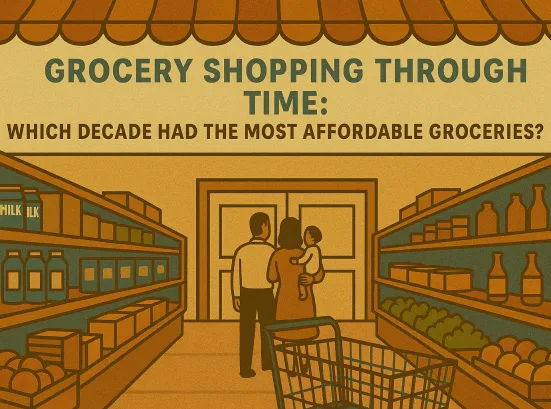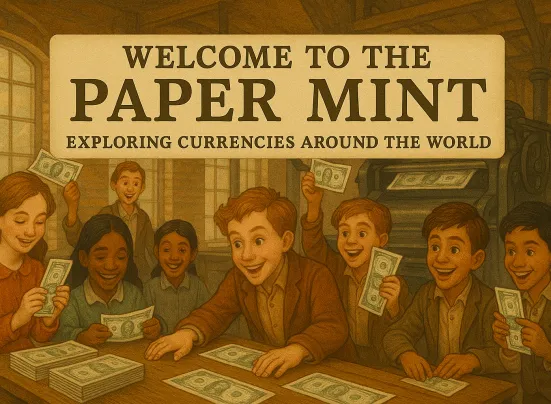Measure the World, Measure the Worth - A Financial Literacy Exhibition
"Measure the World, Measure the Worth" is an interactive and engaging exhibition that helps students develop global citizenship, make informed decisions, and have a societal impact. It is designed for grades 6 to 9 students and includes topics such as hidden costs of consumer goods, inflation over the decades, the financial impacts of life events, and currencies around the world. We look forward to providing an enriching experience for you and your students!
If you are interested in participating, please fill out this form.

“Who Wants to Be a Billionaire?” invites students to critically examine the ethics and mathematics behind extreme wealth accumulation. Through this activity, learners analyze labour-based income—earned by over 85% of Canadians—and use proportional reasoning to calculate how long it would take to earn a billion dollars through wages alone. In doing so, students confront the scale of a billion, develop their understanding of large numbers, and question whether labour-based income could ever realistically lead to billionaire status. Rather than prompting moral judgments, the activity encourages inquiry into why such levels of wealth are pursued and what societal values they reflect. As a follow-up, students are invited to reimagine how a billion dollars could be used to invest in public goods (such as parks, libraries, or community centres) fostering critical financial citizenship.
“Grocery Shopping Through Time” introduces students to the concept of inflation through a tangible, visual metaphor: a grocery store aisle showing the changing prices of everyday items over five decades. Rather than treating inflation as a uniform percentage, learners explore how prices shift unevenly across products, how real-world events shape these changes, and how purchasing power depends on both prices and income. Students make estimations, analyze trends, and reflect on affordability. A follow-up project encourages them to build inflation profiles for families with different spending patterns—bridging mathematics with history, civics, and the social sciences.


"Welcome to the Paper Mint" is a creative, cross-curricular activity invites students to explore the design of currencies from around the world, examining how banknotes reflect national values, histories, industries, and symbols. Learners analyze how number systems—such as decimals and large denominations—shape monetary systems and perceptions of value. They then design a currency for an imagined country, considering its socioeconomic structure, geography, and cultural identity. Blending mathematics with art, culture, and economics, this activity offers rich opportunities for interdisciplinary learning. A follow-up project explores exchange rates and purchasing power, challenging assumptions about face value versus real value across economies.